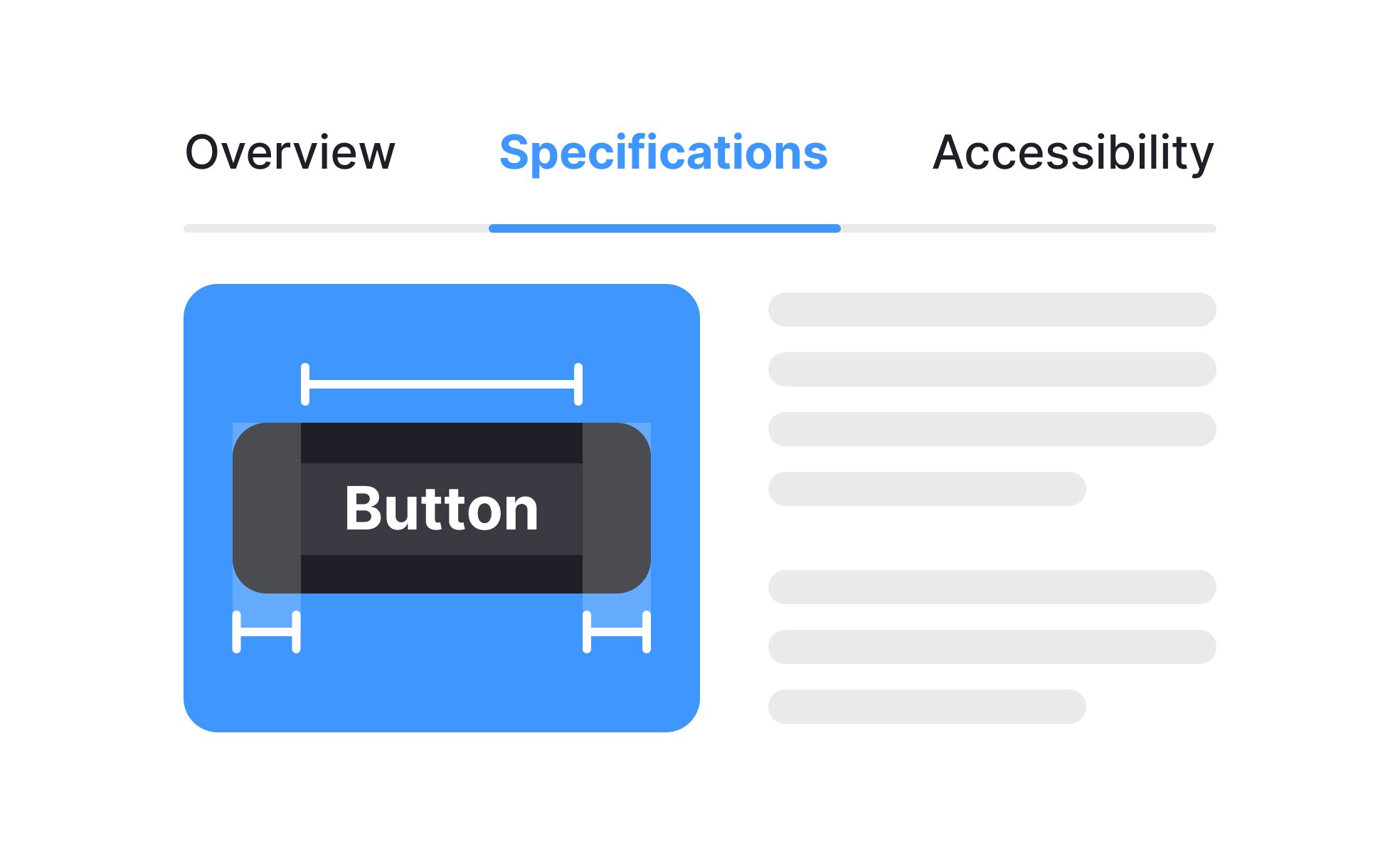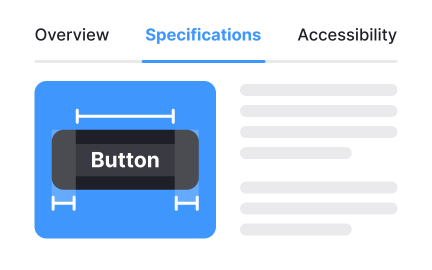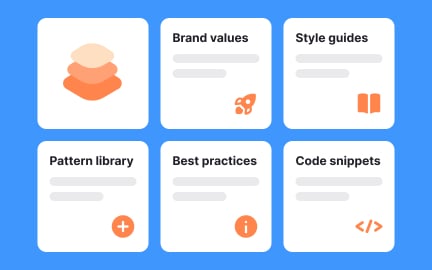Handoff
Handoff is the process where designers transfer finalized assets, specifications, and guidelines to developers, ensuring the implementation of product designs.

Handoff is the stage in product development where design work transitions from the design team to the engineering team. It involves delivering not only visual assets but also detailed specifications, interaction guidelines, and documentation. The goal of handoff is to ensure that what designers create matches what developers build, maintaining consistency, usability, and fidelity to the original vision.
For UX designers, handoff represents the culmination of research, ideation, and prototyping. They prepare assets such as high-fidelity mockups, design tokens, and annotated flows that clarify how interactions should behave. Tools like Figma, Zeplin, and Sketch have streamlined this process, providing developers with pixel values, color codes, and exportable assets directly. Designers must also anticipate questions about responsiveness, edge cases, and accessibility, ensuring that the handoff package is comprehensive.
Real-world examples highlight how handoff evolves with technology. In early product teams, designers often delivered static PDFs or image files, leaving developers to interpret details. Today, platforms like Figma allow shared inspection modes, asset exports, and interactive prototypes, reducing misunderstandings. At companies like Airbnb or Spotify, design systems and tokens integrated into codebases make handoff less about static files and more about maintaining dynamic, shared standards.
Handoff is also a collaboration, not just a one-time transfer. Designers and developers work together during the process, clarifying details, addressing trade-offs, and adjusting designs where technical constraints arise. Strong communication is just as important as detailed specifications. Teams that treat handoff as an ongoing dialogue, rather than a rigid event, achieve better alignment and fewer quality issues.
Learn more about this in the Design Handoff Exercise, taken from the UI Design Deliverables Lesson, a part of the UX Design Foundations Course.
Key Takeaways
- Handoff transfers design work into engineering implementation.
- Designers prepare assets, specifications, and interaction guidelines.
- Tools like Figma and Zeplin streamline modern handoff.
- Collaboration and communication define successful handoffs.
Handoff ensures that the design vision translates accurately into a functional product. Without a clear process, designs may be misinterpreted, leading to rework, wasted time, and inconsistent experiences. Handoff reduces ambiguity by providing developers with explicit assets and documentation.
This stage also serves as a checkpoint for alignment. It confirms that the design reflects business goals, technical feasibility, and user needs before significant engineering effort begins.
Modern tools like Figma, Zeplin, and Sketch streamline handoff by embedding specifications directly in design files. Developers can inspect dimensions, export assets, and preview interactions without relying on separate documents. Many tools also integrate with design systems, ensuring consistency across multiple projects.
These advances make handoff more collaborative. Instead of static files, teams now share living systems and prototypes, reducing errors and speeding up development cycles.
Accessibility often gets overlooked if not explicitly documented. Designers can include notes on contrast ratios, font scaling, alt text, and navigation patterns as part of the handoff package. Clear annotations ensure that accessibility is implemented rather than lost in translation.
By embedding accessibility requirements early, teams save time and resources. Retroactively fixing accessibility issues is far more costly than designing for inclusivity from the start. Handoff is the natural moment to formalize these standards.
Recommended resources
Courses

UX Design Foundations

Design Terminology

UI Components I
Projects

Software House - Responsive Website

Eventy Mobile App - Events for everyone













